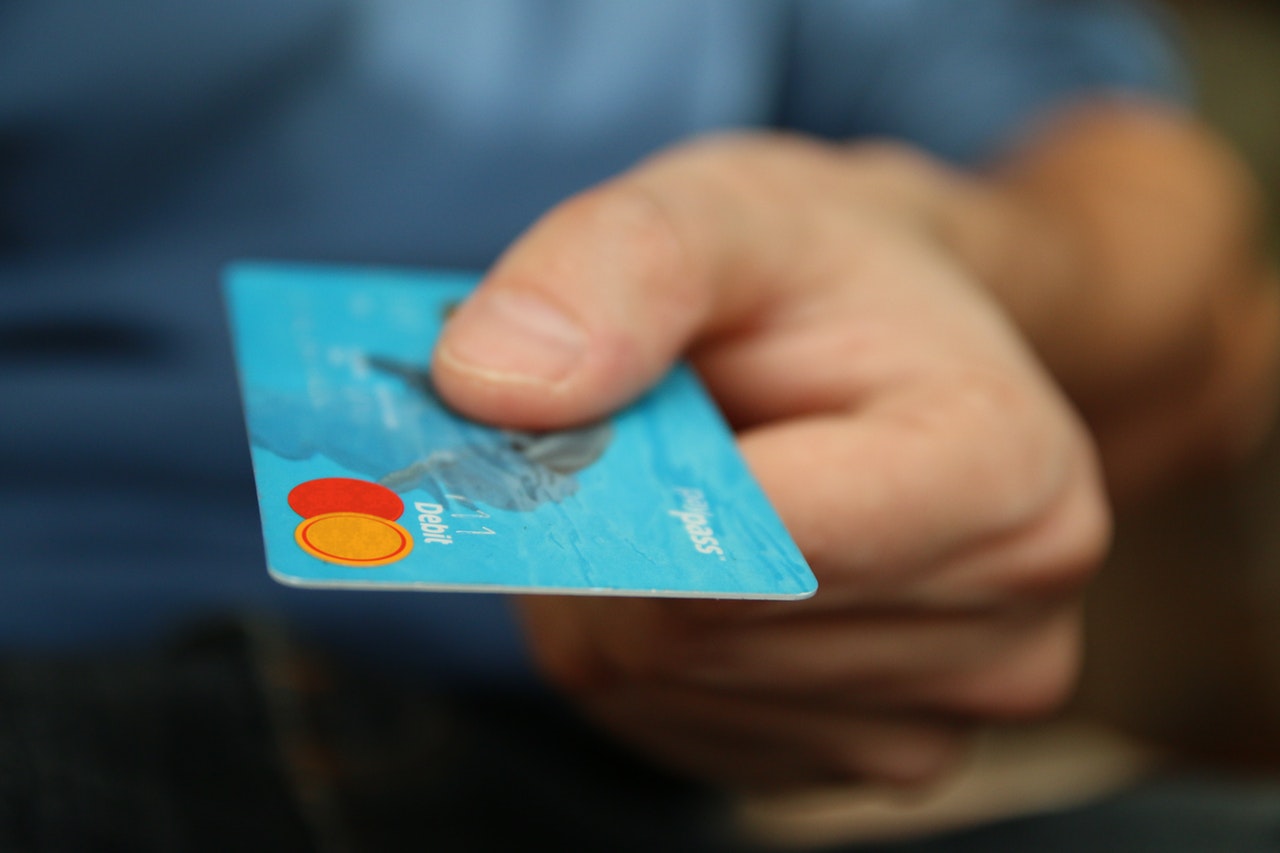
Let’s be honest: Shopping cart abandonment sucks. But, as an SaaS, you’re going to have to deal with prospective customers adding stuff to their cart only to leave without making a purchase.
How can you reduce your cart abandonment rate?
In this post, we’ll tackle several essential ways to reduce cart abandonment on your SaaS site.
Why Do Customers Abandon Carts?
First, let’s discuss the reason why customers leave your site without buying.
Know that you’re not alone. Approximately 3 out of 4 shoppers will abandon a cart before making a purchase. The exact percentage varies, depending on the industry. But why?
The majority of customers leave their carts because they’re simply not ready to buy. Over a third of buyers are just looking.
A big reason for cart abandonment in an SaaS is that the prospective buyer wanted to compare prices. Perhaps, they’re making a choice between your product and a competitor, and they want to evaluate the final price to see who has the better deal.
Lack of payment options is another reason for cart abandonment. While this doesn’t mean that you need to start accepting bitcoin or other forms of cryptocurrency, you should accept the most popular forms of payment. This may include debit and credit cards, Android Pay, Apple Pay, eCheck, Google Checkout, PayPal, and Visa Checkout.
Last, but certainly not least, the prospective buyer may have encountered a technical issue on your site. From time outs to page freezes, no buyer wants to experience a technical problem when trying to check out. It can render a death blow to their confidence in your site.
How to Remedy Cart Abandonment
What can you do about cart abandonment?
Offer Multiple Payment Options

As mentioned above, lack of payment options can cause a buyer to hesitate once they’re at the finish line. Don’t force one or two payment options on the buyer. There’s nothing worse than wanting to pay with one method but realizing that it’s not actually an option. This will often lead to cart abandonment.
To keep this from happening, survey your buyers to find out which payment options they prefer. Then, work towards providing that solution for your customers.
Don’t Force Users to Create a New Account
Some people don’t want to join your club, and that’s okay. Perhaps, they hesitate because they don’t want to jump through 10,000 hoops just to make a purchase. Setting up an account can feel like an endless process, and it’s usually not necessary to complete a transaction.
Avoid putting your prospective customers through the agony, and allow them the dignity of guest check out. You’ll still get their name, email address, and, if properly disclosed, their permission for ongoing marketing.
Alternatively, you can lower the bar for registration. Instead of forcing your new user to fill out too much information, just start with the basic information that they provided upon check out.
Shorten Checkout Time
Another thing that people hate is a lengthy check out process. If a prospective buyer needs to take multiple steps to complete a transaction, they’ll likely abandon the process.
Consolidate your check out process so that the buyer doesn’t grow fatigued. Your checkout process should be painless. Don’t ask for unnecessary information.
Include Reviews
Reviews are essential to selling your product, no matter what it is. It’s crucial that you include reviews on the product pages to push the buyer towards making a purchase. Ideally, your reviews will be positive, providing social proof that encourages the reader to buy.
After a customer makes a purchase, send an email asking for a review. Be sure to route the customer to an optimized page where they can quickly leave a review. Don’t send them to your home page and make them fend for themselves. They may become discouraged and decide against leaving a review simply because they don’t want to waste their time searching for the review page.
Offer a Price Guarantee
Prospective customers are suspicious. They don’t necessarily trust you or your product yet, and they want to make sure that they’re making the best decision possible. One of the best things you can do is stand behind your product by issuing a guarantee. You can assure customers that if something goes wrong, you will make it right. After all, you’ll probably want to do that anyway. This way, you’re just making it clear.
Tally Up the Costs Upfront
No one wants to be surprised by the final price. Even something as minuscule as sales tax can startle a customer who wasn’t expecting it.
Look for ways to simplify your pricing and present a final cost that’s easy for your customers to justify to themselves. This may mean not charging separately for tax, but instead including the amount within your total price. The fewer surprises at the cart, the better.
Even if your costs are slightly higher than your competitors, a user will appreciate your uncomplicated, no hidden fees pricing.
Make Your Shop Secure
Everyone knows someone who’s been financially compromised while shopping on the Internet. Don’t let that happen to your site.
If you’re inviting someone to buy from you, do your part and make sure that your site is secure. It should be hacker-proof, at the very least. The prospective customer should feel safe when inputting their payment information on your site.
Include security badges on your site. Audit at least once a year to make sure that your site is secure and up-to-date.
Be Mobile Friendly

Over half of web traffic originates on mobile devices. When designing your checkout process, think mobile first. How will a customer check out on your site? Is it easy for your customer to input his or her information? Are the buttons big enough to click comfortably? Is your mobile site secure?
Test your checkout process on mobile devices to ensure that it provides a satisfactory experience for your customers.
Focus on Customer Service
Customers have questions, especially right before they’re about to make a purchase. Can they reach you if they need to?
Many companies have implemented live, on-site chat within the checkout process. If your customers have a question, your staff can answer right away. This keeps the customer on your site and focused on closing the deal. Otherwise, without the live chat option, the customer may need to send an email to you and wait for the answer to arrive. The answer may take hours, or even days, to arrive. With each second that passes, your chances of converting the prospect into a customer diminishes. In waiting, they may wander off to your competitors and choose to do business with them. It’s horrifying, I know.
Instead, you can install a chat module on your site that aims to provide an immediate answer to your customer’s query. Use friendly customer service to persuade your customers to buy.
Have a Plan for Cautious Shoppers
There are a lot of window shoppers on the web. Some of them don’t buy right away because they don’t know if they’re going to get a better deal.
Consider including a price match guarantee in your cart to reduce doubt and friction.
Offer Discounts
This option is somewhat controversial. When faced with a potential cart abandonment, some businesses decide to offer a discount on the purchase. This discount serves as an incentive to complete the purchase.
Offering discounts can be effective. In fact, some savvy customers abandon carts in anticipation of receiving a special “don’t go” discount.
If you do use this type of cart rescue strategy on your site, consider offering a one-time-use coupon that expires within a short period of time (less than 24 hours).
Plan for Distractions
Life is full of distractions. It’s likely that at least some of your customers will be distracted during the checkout process. Make sure that you account for diversions by including elements of urgency throughout your checkout process.
Some businesses choose to use scarcity to promote immediate action (i.e. “only 5 sessions available”). Other businesses may include a countdown clock on their checkout page to suggest that the deal will expire within a finite amount of time.
Use Email to Woo the Customer Back
No matter what the cause for an abandoned cart, the answer is always to send an email immediately. And by immediately, I mean within the hour. After an hour’s time, your chance of recovering the sale diminishes with each passing minute.
In your rescue email, remind the prospective customer that they’ve left something in their cart. If applicable, show them an image of what they’ve left in the cart, too. As an SaaS, the image may be a conceptual drawing of your service. Also, link to the cart so that the customer can pick up where they left off. Don’t link to your home or product page, because reordering from scratch can be frustrating for the customer.
When possible, include positive reviews for the product in this email. Adding social proof here can encourage the buyer to finally make the purchase.
You may also wish to provide a brief list of frequently asked questions to remove the buyer’s hesitation from making the purchase.
Additional Resources
Before you go, don’t forget to check out these related posts:
- 8 Mistakes to Avoid When Closing a Sale
- The Psychology of Pricing: How to Convince Prospects to Buy Your Product
- The Art of Closing a Sale: How to Set Your New Customer on a Delightful Path


